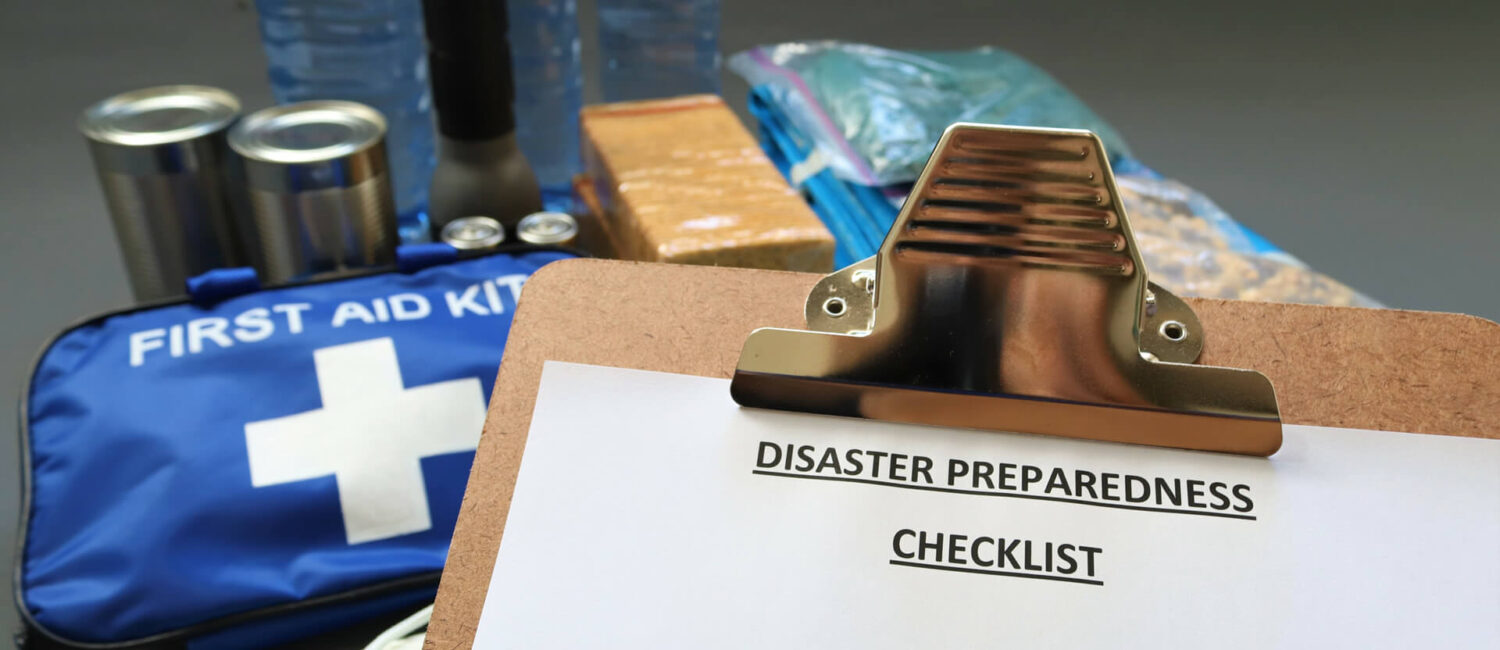
Emergency Preparation
What Are The Risks?
Every community is different, and some disasters cannot be predicted – but there are many things you can do to ensure you and your family are prepared for various incident types. In central Alberta, and being lake communities, the SVREMP encourages our residents and stakeholders to take a moment to consider the following incident types applicable to our region:
How to Prepare
There are several ways to prepare for emergencies. Certainly, a general understanding of the guidance provided for those events possible, common or historical occurring in your region is a good start. However, there is much more you may be able to do:
- Build a 72 hour emergency kit for your household
- Share the Plan – Learn your Community’s Emergency Response Plans and discuss it with your household:
- Make a Plan For Your Household
- Sign-up for any community messaging networks available in your community. Many member Summer Villages use All-Net Connect, so contact yours for more information, or to see if your community is registered.
Evacuation
If the situation gets severe enough, you may need to evacuate the area. This can be a stressful situation, but understanding the process can help. Ideally, an Evacuation Alert will be issued and disseminated in the community – possibly by television or media broadcast, or local messaging – before a mandatory evacuation is ordered. If the need arises this evacuation alert may be elevated to a mandatory Evacuation Order. To help make this process a bit easier to manage, it is go idea to think about what you might want to do at the instance of a Evacuation Alert, so that you are more prepared if an Evacuation Order is issued.
Some evacuation considerations are:
- What is in the Plan? Where will you go to? What route will you take?
- Is the Emergency Kit out and ready to go?
- Is the vehicle fuelled up and in the driveway ready to go?
- Are there any irreplaceable belongs that you MUST take with you? Are they packed and ready to go?
- Have you considered the needs of your household pets? Are they ready to go, too? If they cannot go to the same facility as you, where will they go?
- Have you disconnected major appliances (except fridge/freezer), utilities (except gas unless specifically instructed to do so), and locked any auxiliary doors/windows before preparing to exit/lock the main entrance on exit?
- Do you have an inventory of your home and belongings – if anything is damaged or misplaced during a response having an inventory list, or pictures of your belongings can make the recovery process easier.
If the order comes to evacuate, you’ll be ready to head up in a safe and orderly fashion, and you’ll have a plan to focus on rather than last minute thoughts of what you should have done on the way out the door. Follow the local authority’s direction on available routes, or tune to Alberta 511 or AMA Road Reports to keep you on track. And whether you end up in the designated reception centre (as noted in the plan) or somewhere else – make sure and contact response staff to register your location and let friends, neighbours and family members that you’re okay.
Shelter In-Place
Sometimes an incident occurs, or develops, so rapidly that an organized evacuation effort is no longer a feasible – or safe – option. In these types of situations the local authorities may issue a Shelter In-Place Order. In general, a Shelter In-Place Order directs stakeholders to seek shelter and remain there until the danger passes. Shelter In-Place Orders are usually a short-term measure lasting a few hours, and are usually issued in cases of imminent potential danger – this may include incidents such as chemical or biological contamination, or sudden natural disasters such as tornados. In all cases seek local guidance to make sure your response is consistent with the direction of the local officials.
Common guidance in these situations include – when safe and timely to do so – close doors and windows (and shut the curtains), turn off ventilation (heating and cooling systems) and a reminder to keep your emergency kit close at hand.
SVLSACE
12 summer villages adjacent to municipal divisions 2, 3, 4 and 5 of Lac Ste. Anne County.
P.O. Box 8 Alberta Beach, AB. T0E 0A0
Phone: 780-967-0271





